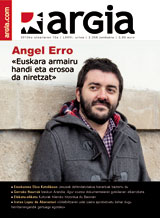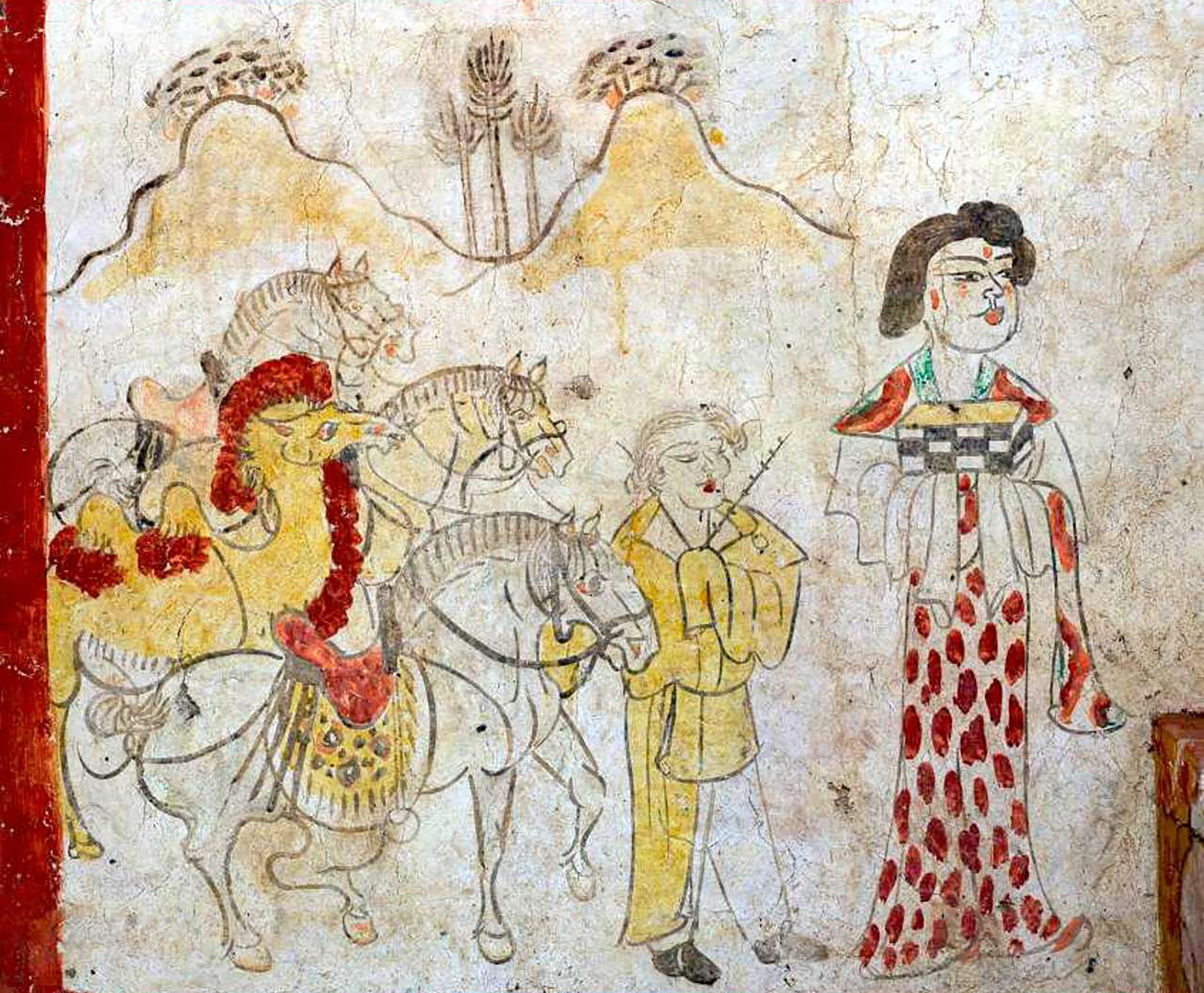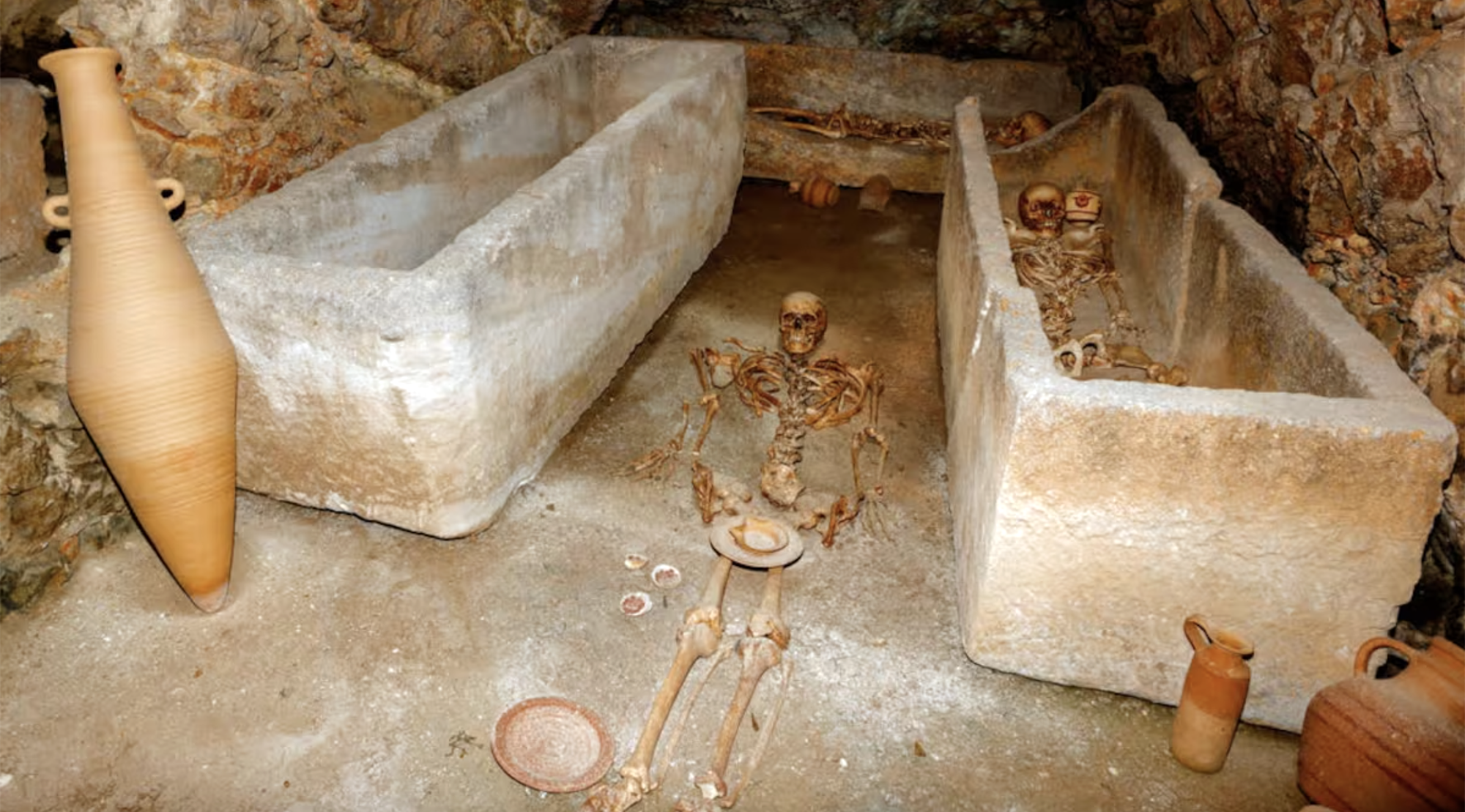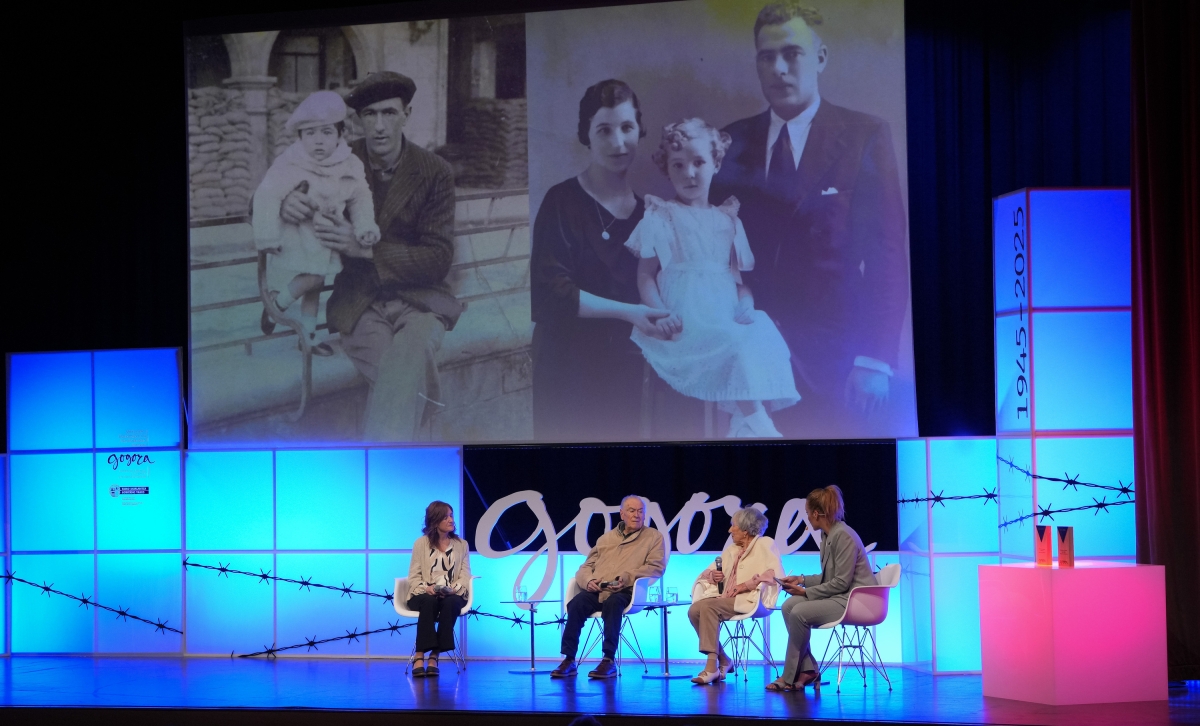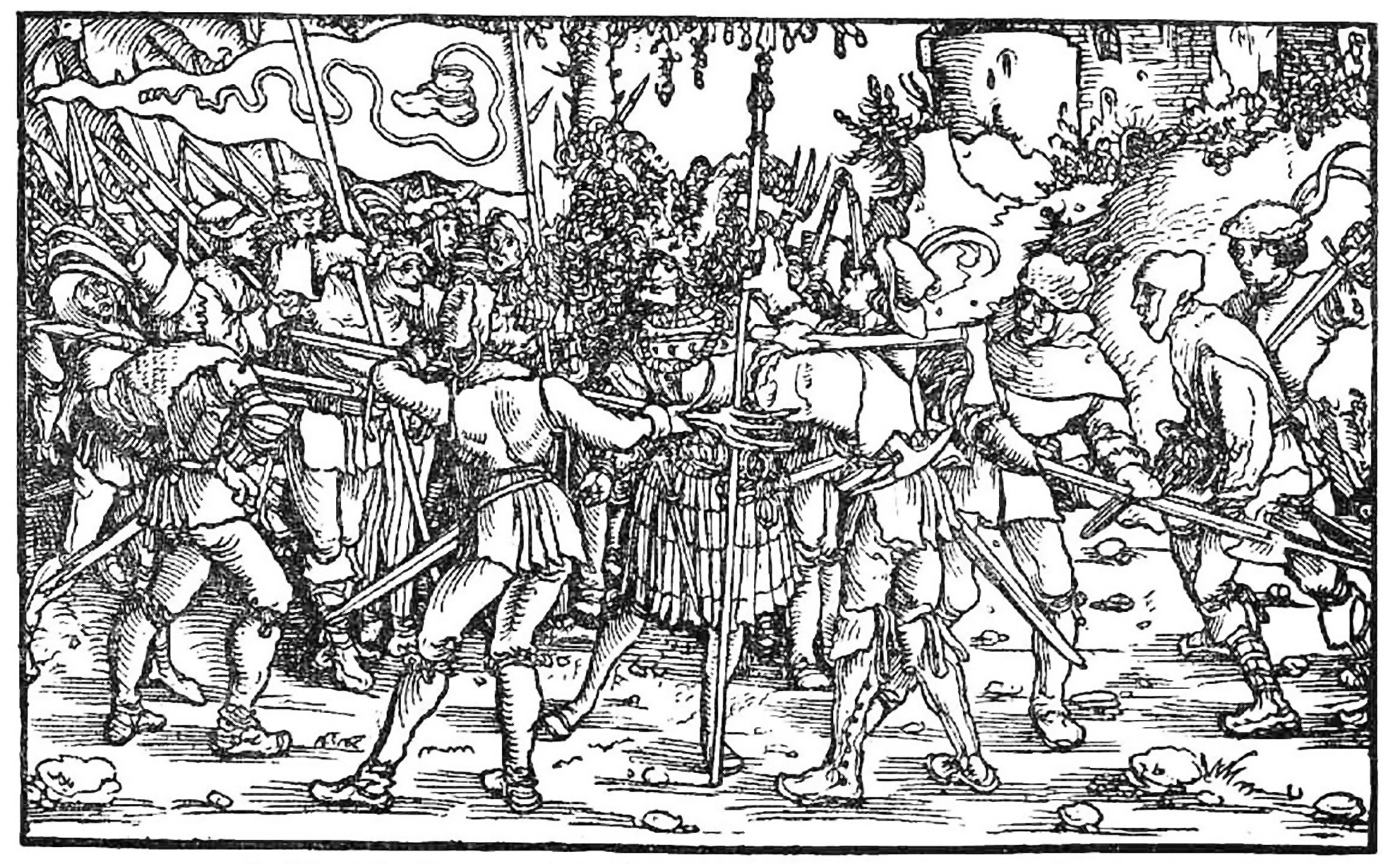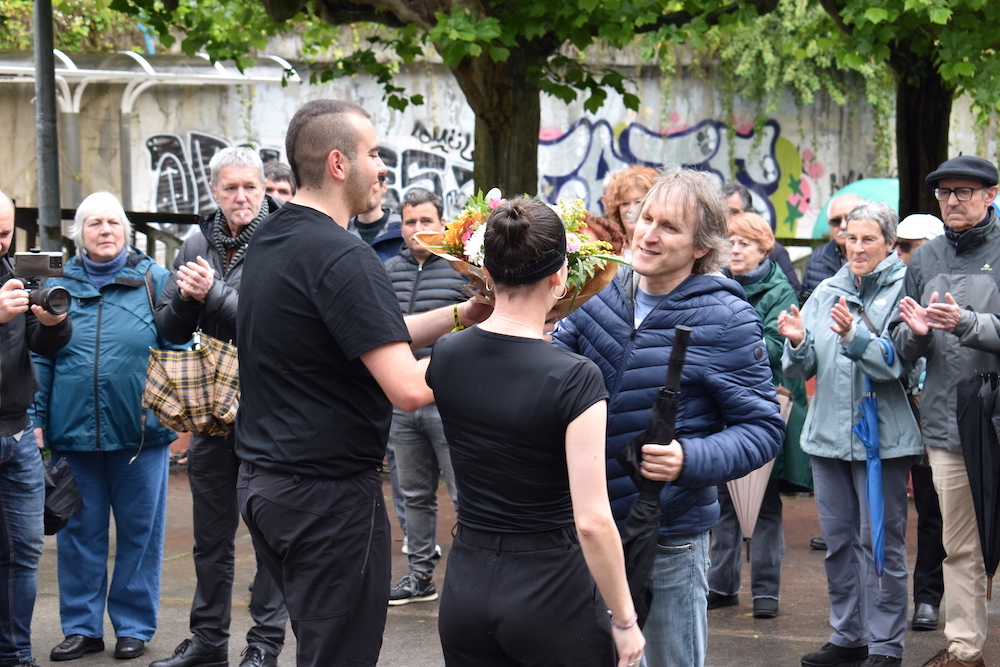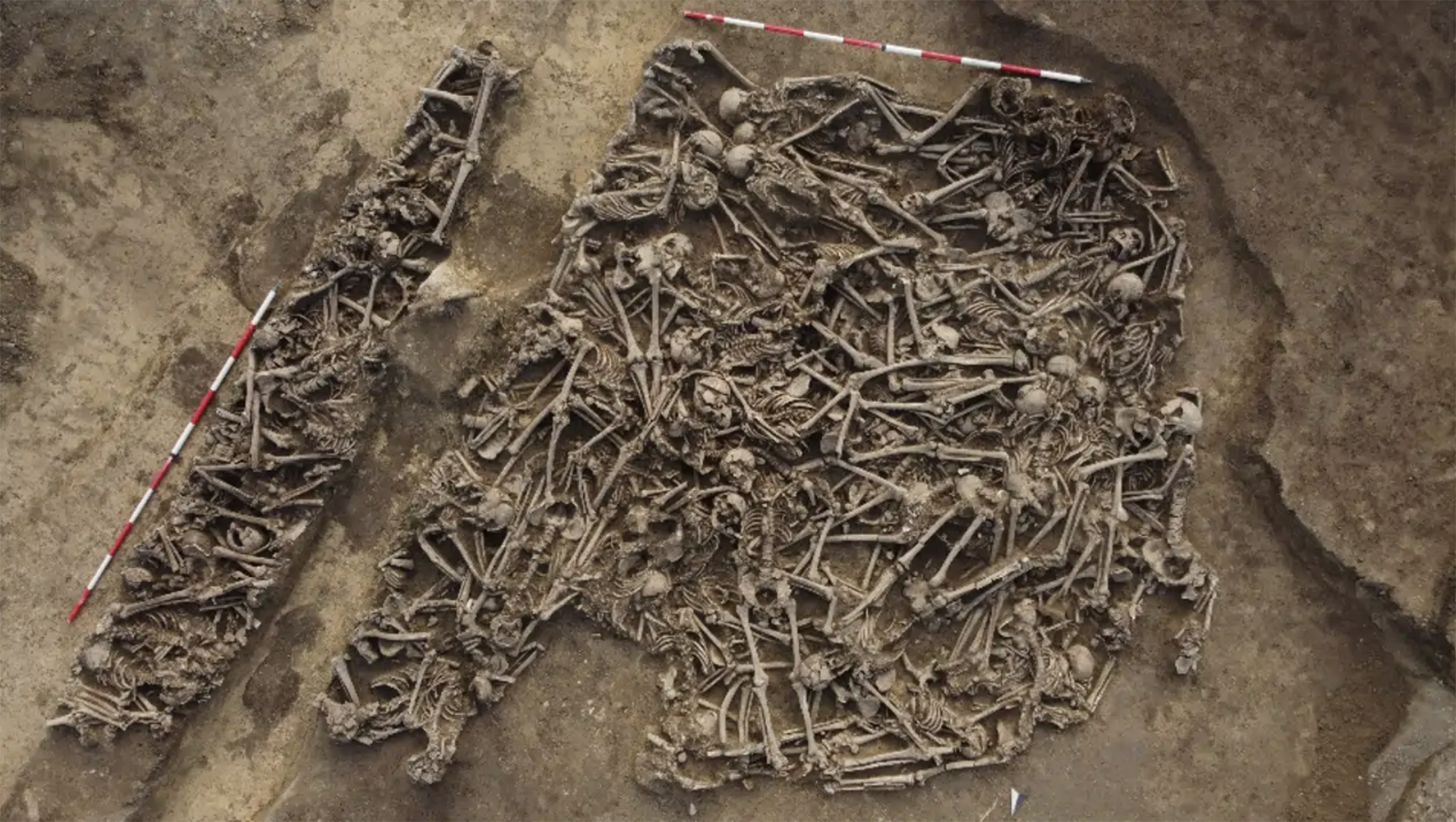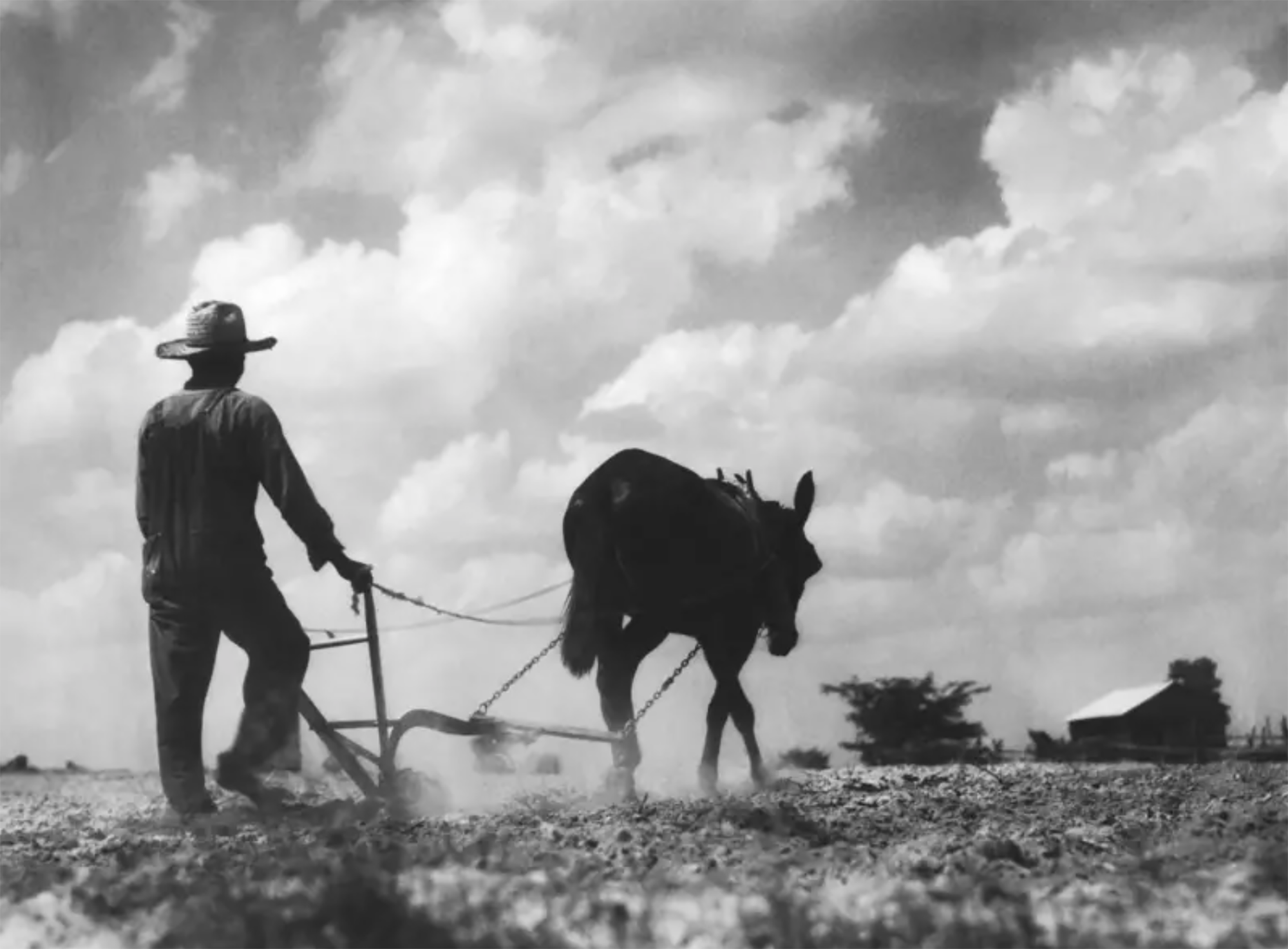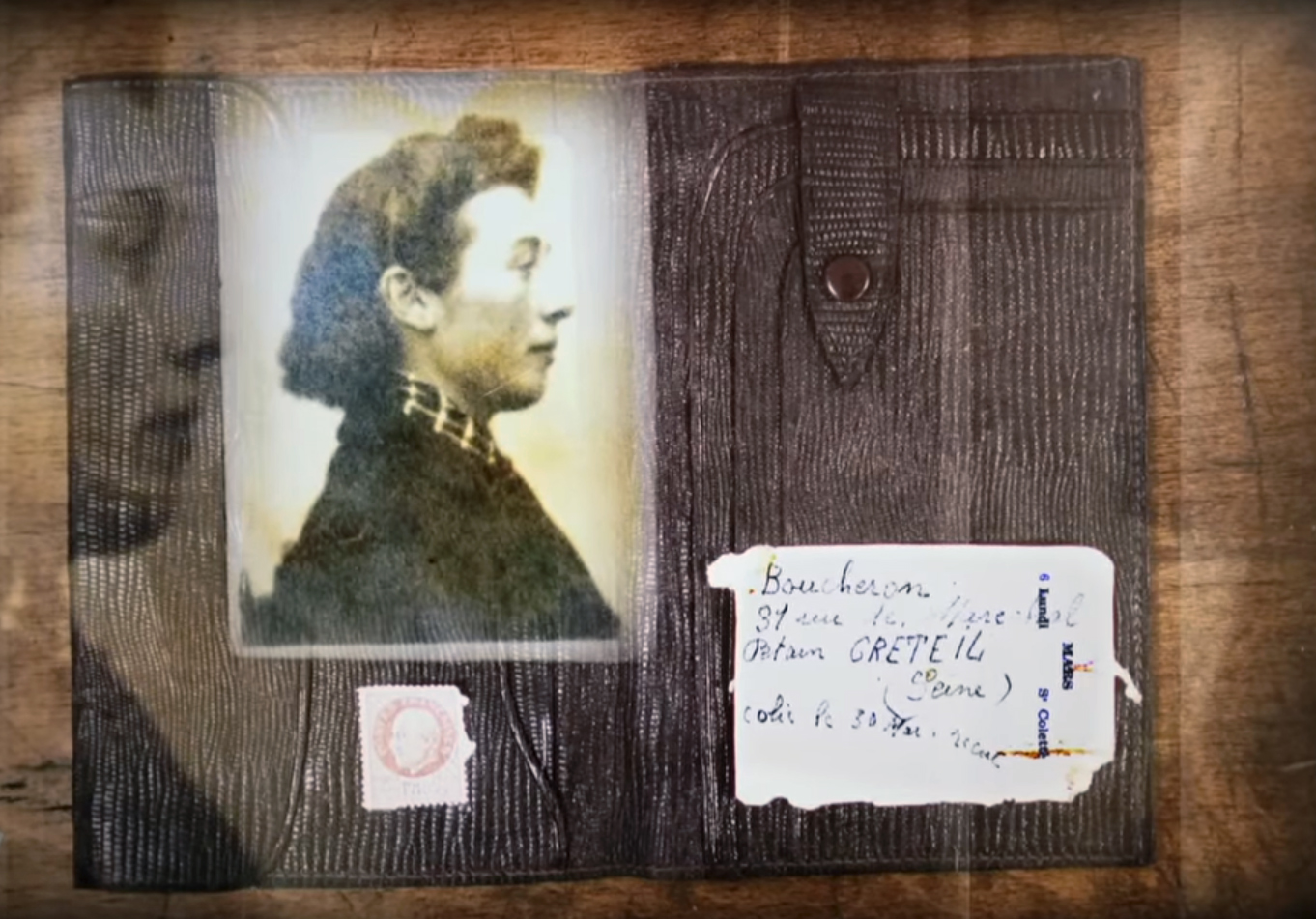Elefanteak epaile eta borrero

Ninive (egungo Irak), XII. mendea. Petachiach Ratisbonako errabinoa Mesopotamia iparraldean bidaiatzen ari zela, exekuzio berezi baten lekuko izan zen: “Niniven bada elefante bat. Handia da eta otordu bakoitzean bi gurdi lasto jaten ditu gutxi gorabehera. Sultanak norbait heriotzara kondenatzen duenean, elefanteari esaten dio: ‘Pertsona hori erruduna da’, eta elefanteak ezpainaz (sic) akusatua jaso eta hil egiten du”.
Duela 4.000 urte inguru bururatu omen zitzaien gizakiei elefantea arma hilgarritzat erabiltzea. Erromatarrek, kartagoarrek eta mazedoniarrek noizbehinka erabili zuten metodo hori. Baina elefante asiarra afrikarra baino errazagoa da etxekotzen eta, horregatik, nagusiki Asian findu eta hedatu zen teknika.
Exekuzio horiek agintarien boterearen sinbolo ziren; erregea piztiarik handiena bere menpe atxikitzeko gai bazen, bizitza eta heriotza nahieran administratzeko gai ere izango zen.
Kontinentearen mendebaldean exekuzioa nagusiki elefanteak kondenatua tronpaz zanpatzean zetzan, errabino bidaiariak azaldu bezala. Baina Asiako hego-mendebaldean agintariek irudimen handiagoa zuten: krimena larria ez bazen, elefanteak kondenatuaren burua edo sabelaldea zanpatzen zuen hankaz, eta heriotza berehalakoa zen; baina laidoa larritzat joz gero, hil aurretik kondenatuari oinazea eragiteko bide bihurriagoak erabiltzen zituzten.
Esaterako, elefanteari marrazak jartzen zizkioten letaginetan, eta horretarako bereziki trebatutako ugaztun handiak kondenatua pixkanaka ebakitzen zuen. Marrazarik erabiltzen ez zenean, ikuskizuna ez zen hain odoltsua, baina zigortuari tronpaz eusten zion bitartean hankez haren hezurrak txikitzeko gai zen elefantea. Metodo horrekin pakidermoak kondenatuaren gorputz atalak erauzi eta ikusleen odol gosea ase zezakeen. Indian beste teknika bat zuten gogoko: kriminala elefantearen atzeko hanketara lotzen zuten, eta animaliak herrestan eramaten zuen. Kondenatuak nahikoa sufritu zuela erabaki ondoren, elefanteari atzerantz ibiltzeko agintzen zioten, eta kito.
Baina elefanteak ez ziren beti borrero hutsak, eta ordalia gisa ere erabili izan ziren: akusatua frogatu ezin zitekeen krimen baten erruduntzat bazuten, elefantearen aurka borrokatzera eramaten zuten. Akusatua bizirik ateraz gero, hau da, unibertsoko astro guztiak haren alde lerrokatzen baziren eta hiltzeko bereziki trebatutako elefantea nagiak erabat jota bazegoen, errugabetzat jotzen zuten.
In the Chinese province of Shanxi, in a tomb of the Tang dynasty, paintings depicting scenes from the daily lives of the dead are found. In one of these scenes a blonde man appears. Looking at the color of the hair and the facial expression, archaeologists who have studied the... [+]
Carthage, from B.C. Around the 814. The Phoenicians founded a colony and the dominant civilization in the eastern Mediterranean spread to the west. Two and a half centuries later, with the decline of the Phoenician metropolis of Tyre, Carthage became independent and its... [+]
Salvador Puig Antich frankismoaren kontrako militantea izan zen. Askapen Mugimendu Iberikoko kidea, 1973ko irailaren 25ean atxilotu zuten. Gerra-kontseilua egin zioten, eta garrotez exekutatu zuten handik sei hilabetera, 1974ko martxoaren 2an. Aurtengo otsailean baliogabetu du... [+]
Rudolf Botha hizkuntzalari hegoafrikarrak hipotesi bat bota berri du Homo erectus-i buruz: espezieak ahozko komunikazio moduren bat garatu zuen duela milioi bat urte baino gehiago. Homo sapiens-a da, dakigunez, hitz egiteko gai den espezie bakarra eta, beraz, hortik... [+]
Böblingen, Holy Roman Empire, 12 May 1525. Georg Truchsess von Waldburg overthrew the Württemberg insurgent peasants. Three days later, on 15 May, Philip of Hesse and the Duke of Saxony joined forces to crush the Thuringian rebels in Frankenhausen, killing some 5,000 peasants... [+]
During the renovation of a sports field in the Simmering district of Vienna, a mass grave with 150 bodies was discovered in October 2024. They conclude that they were Roman legionnaires and A.D. They died around 100 years ago. Or rather, they were killed.
The bodies were buried... [+]
Washington, D.C., June 17, 1930. The U.S. Congress passed the Tariff Act. It is also known as the Smoot-Hawley Act because it was promoted by Senator Reed Smoot and Representative Willis Hawley.
The law raised import tax limits for about 900 products by 40% to 60% in order to... [+]









